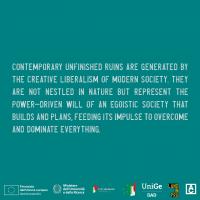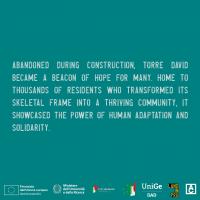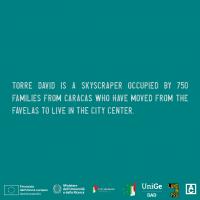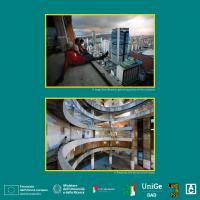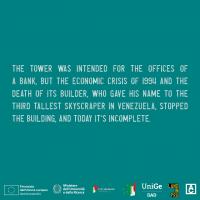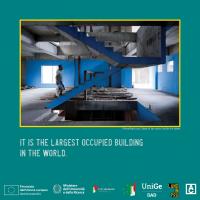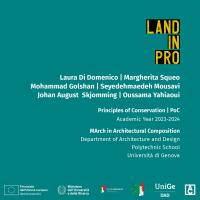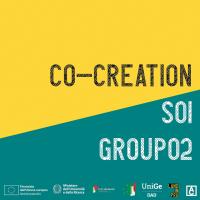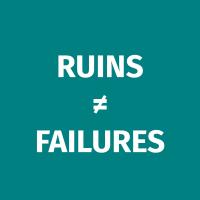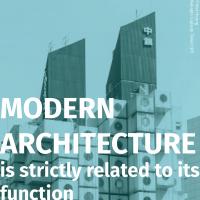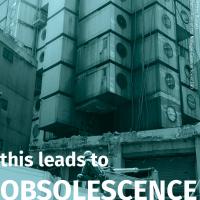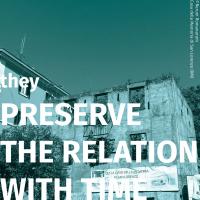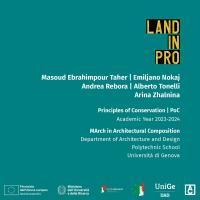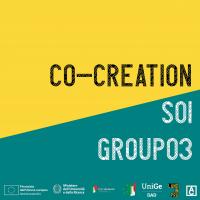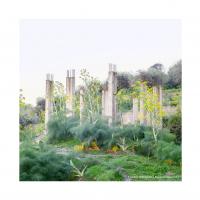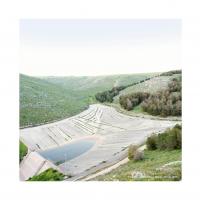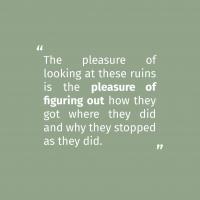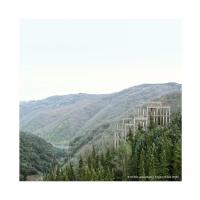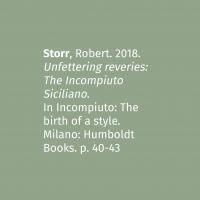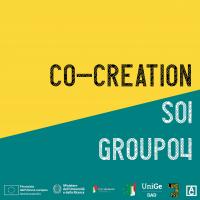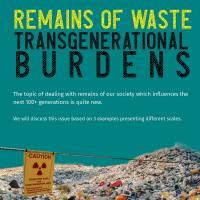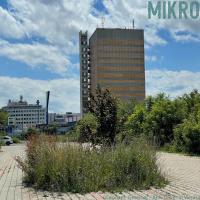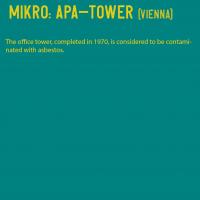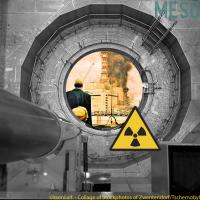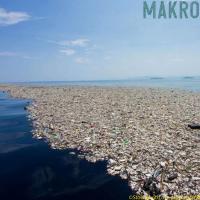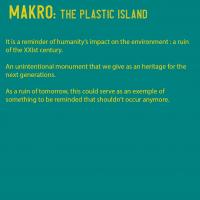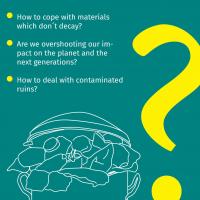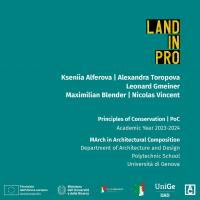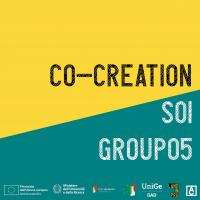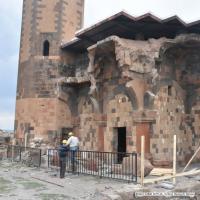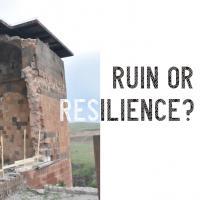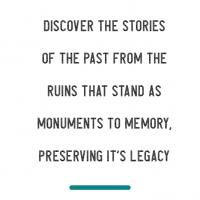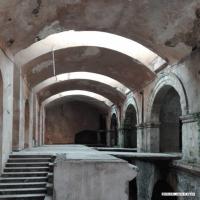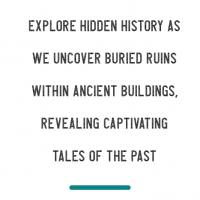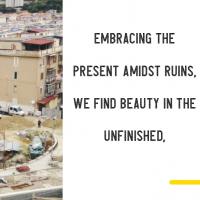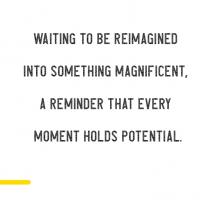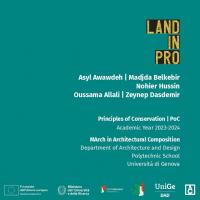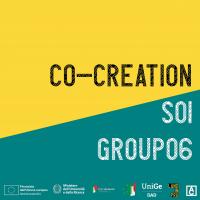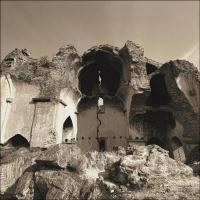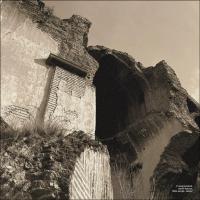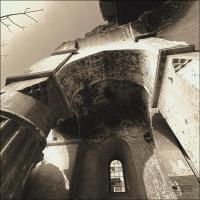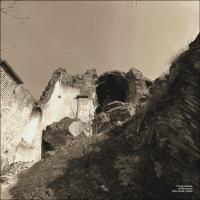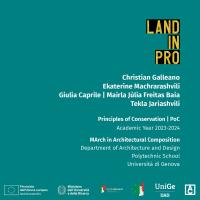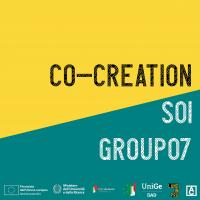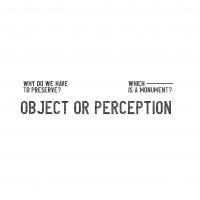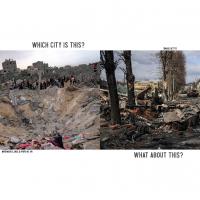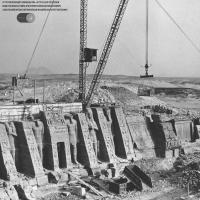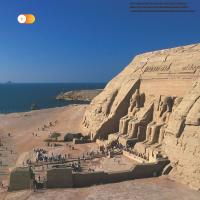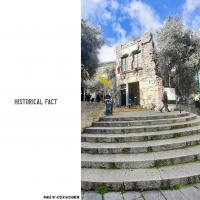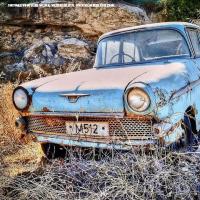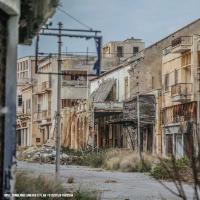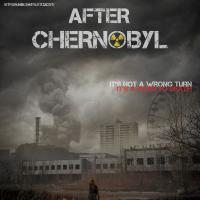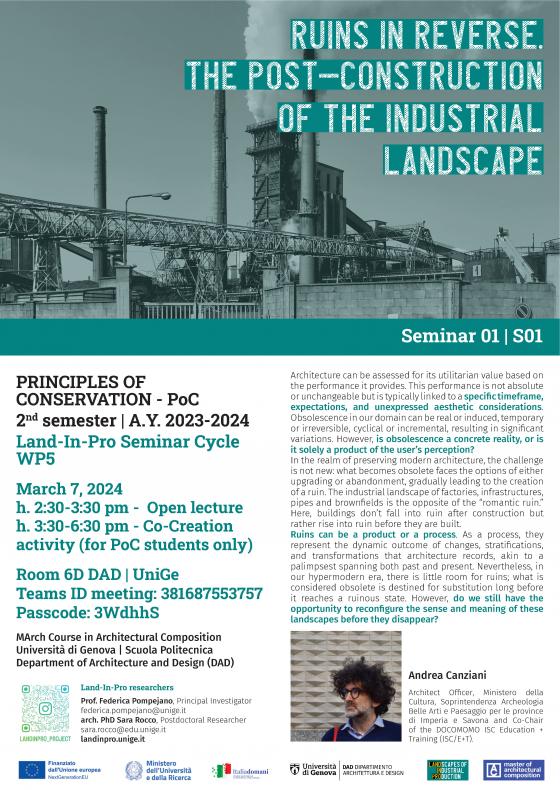
S01 | March 7, 2024
h. 2:30-3:30 pm - Open Lecture [3:30-6:30 pm + Co-creation]
Ruins in reverse. The post-construction of the industrial landscape
Andrea Canziani | Architect Officer, Ministero della Cultura, Soprintendenza Archeologia Belle Arti e Paesaggio per le province di Imperia e Savona and Co-Chair of the DOCOMOMO ISC Education + Training (ISC/E+T).
Link to the open lecture on Microsoft Teams.

Group 1 | G01
Occupying the ruins
Contemporary society's incomplete structures reveal the creative liberalism of our era, highlighting an ego-driven approach to urban development. Torre David (Caracas, Venezuela), initially designed as a bank tower but left unfinished due to economic crises, now stands as a symbol of hope and adaptation. Housing 750 families from Caracas' favelas in the city centre embodies human resilience and solidarity. This unconventional skyscraper underscores the dynamics of urban migration, showcasing both the failures and potentials of modern urban planning. It serves as a testimony to human ingenuity, illustrating how abandoned structures can transform into symbols of perseverance and community strength.
Keywords: Incomplete, Favelas, Adaptation
Students: Laura Di Domenico, Margherita Squeo, Mohammad Golshan, Oussama Yahiaoui, Seyedehmaedeh Mousavi, Johan August Skjomming

Group 2 | G02
Missed opportunities
In a world that does not allow ageing, we must try to change the way we look at things. A glimpse of hope, beauty and opportunity. This is what we should envisage while looking at the inheritance left by our predecessors.
Keywords: Heritage, Opportunities, Reuse
Students: Alberto Tonelli, Andrea Rebora, Emiljano Nokaj, Arina Zhalnina, Masoud Taher Ebrahimpour

Group 3 | G03
Ruins: an invitation to dream
We have centred our conceptual framework around the notion of ruins as dreams and as elements of imagination. This fascination stems from our desire to explore the enigmatic allure of ruins, inviting viewers to envision their narratives and interpretations. Drawing inspiration from the words of Robert Storr, we have selected quotes that underscore this idea. Storr's insights emphasize the capacity of ruins to ignite the imagination, prompting individuals to ponder their significance and potential. Accompanying these quotes are photographs carefully curated to evoke a sense of ambiguity, of imaginary speculation. These images deliberately obscure the functional or purposeful aspects of the depicted structures, instead inviting viewers to engage in a creative interpretation process. Taking cues from Amelie Labourdette, whose work resonates with our approach, we are drawn to locations where reality and its double converge. Labourdette observes that certain landscapes, such as those he found in Italy, seem to engage in a silent dialogue with ancient ruins, blurring the boundaries between the natural and the man-made.
Keywords: Imagination, interpretation, dream.
Students: Lee Chai Yoong, Li Xinshu, Magdalena Andrea Ghiata, Marina Galvao Jaqueira Fantine, Sogand Amiri, Ruveyeda Asude Kilic

Group 4 | G04
Remains of Waste: Transgenerational Burdens
We approached the topic of industrial ruins on the level of materiality. In retrospect, we found it very exciting how we as a society deal with non-degradable materials. The history of those artificially generated, non-biological materials is very recent compared to how long we have been constructing buildings. These materials inevitably lead to ruins, and material remnants, which were not planned in advance because the sheer amount of waste was underestimated.
We explained this topic using 3 examples: the nuclear power plant in Černobyl', the Plastic Island in the oceans and the International Press Center (IPZ), colloquially also known as APA tower, an empty high-rise office building 82 meters high in the Döbling district of Vienna, where the toxic building material asbestos was used.
Keywords: Waste, Legacy, Transgenerational
Students: Maximilian Blender, Leonard Gmeiner, Nicolas Vincent, Toropova Aleksandra, Kseniia Alferova

Group 5 | G05
Ruin or Resilience?
Echoes of Time: Architectural Ruins and Their Stories
In the realm of architectural ruins, three distinct narratives emerge, each echoing the passage of time and human memory. Some ruins stand stoically, preserved in their decay, poignant relics of bygone eras, cherished for the memories they evoke. Others are swallowed by nature's embrace, buried to foster renewal, symbolizing our collective resolve to move forward. And amidst the ruins, some structures remain unfinished, their incomplete forms serving as poignant reminders to embrace the present moment, honouring the beauty of impermanence. These divergent fates of architectural ruins reflect humanity's complex relationship with memory, progress, and the passage of time.
Keywords: Memory, Renewal, Presence
Students: Hussin Noheir Mohamed Rehan, Belkbir Madjda, Allali Oussama, Dasdemir Zeynep, Asyl Awawdeh

Group 6 | G06
Ruin Lust
Romanticizing ruins is an enchanting dance between nostalgia and melancholy, where the remnants of past glory whisper tales of bygone eras. These decaying edifices, once vibrant with life and purpose, now stand as silent witnesses to the relentless march of time. Amidst crumbling walls and overgrown courtyards, their beauty transcends decay, inviting contemplation of the ephemeral nature of human existence.
Through the lens of romanticism, ruins become symbols of loss and resilience, evoking a sense of awe and reverence for the intricate tapestry of history. In their dilapidation, they offer a poignant reminder of the impermanence of all things.
Keywords: Nostalgia, Melancholy, Aestheticism
Students: Giulia Caprile, Christian Galleano, Tekla Jariashvili, Julia Mairla Freitas Baia, Ekaterine Macharashvili

Group 7 | G07
People and perception
On the intriguing topic of 'Ruin in Reverse,' our group delved deep into the concept of value creation and its relationship with people's perceptions. We explored how the true value of anything lies not in the ruin or object itself but in the eyes of the beholder. This realization holds immense importance, as exemplified by the preservation efforts of UNESCO in safeguarding Abu Simbel or the preservation of Christopher Columbus' home in Genova. Conversely, it draws attention to the disregard for certain ruins, such as the tragic events in Ukraine and Gaza, which serve as poignant reminders of the ongoing massacres. Our critical analysis shed light on the intricate dynamics between value, perception, and the significance of preserving our collective heritage.
Keywords: People, Perception, Value
Students: Hassanein Asser Ibrahim Khalil Ibrahim, Zewdie Bruk Ngusie, Reyhani Aida, Rohani Sheida Ismayilov Ismayl

This project has received funding from the National Recovery and Resilience Plan (NRRP) - Mission 4 “Education and Research” - Component 2 “From Research to Business” - Investment 1.2 “Funding projects presented by young researchers” and the European Union's Next Generation EU Recovery Plan - Project no. 100027-2022-FP-PNRR-YR_MSCA_0000005"

Disclaimer
The responsibility for the content published on the Land-In-Pro Seminar Cycle + Co-creation activities lies with the authors and reflects only their views. The Italian Ministry of University and Research and the European Commission are not responsible for any use that may be made of the information contained therein.



